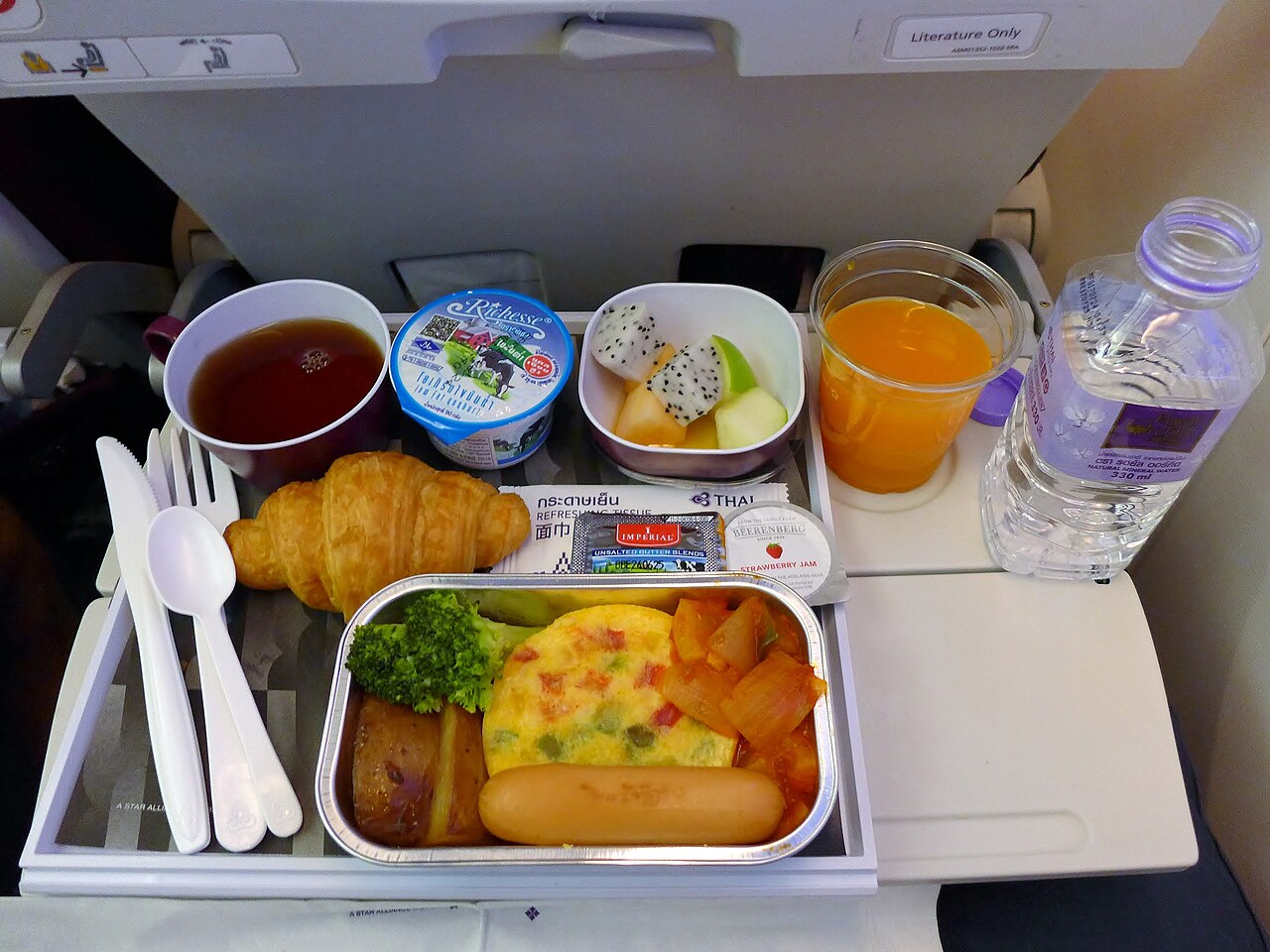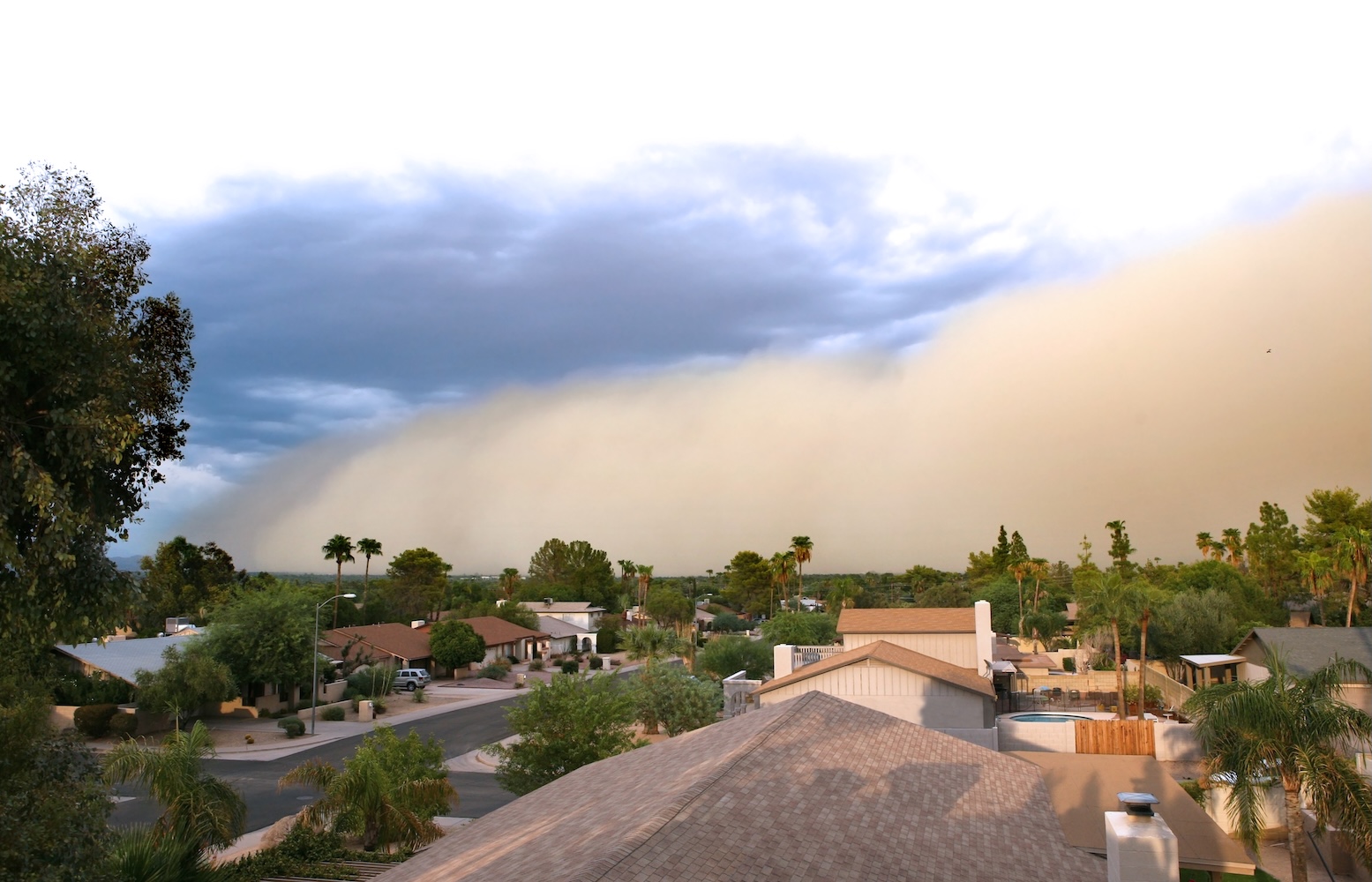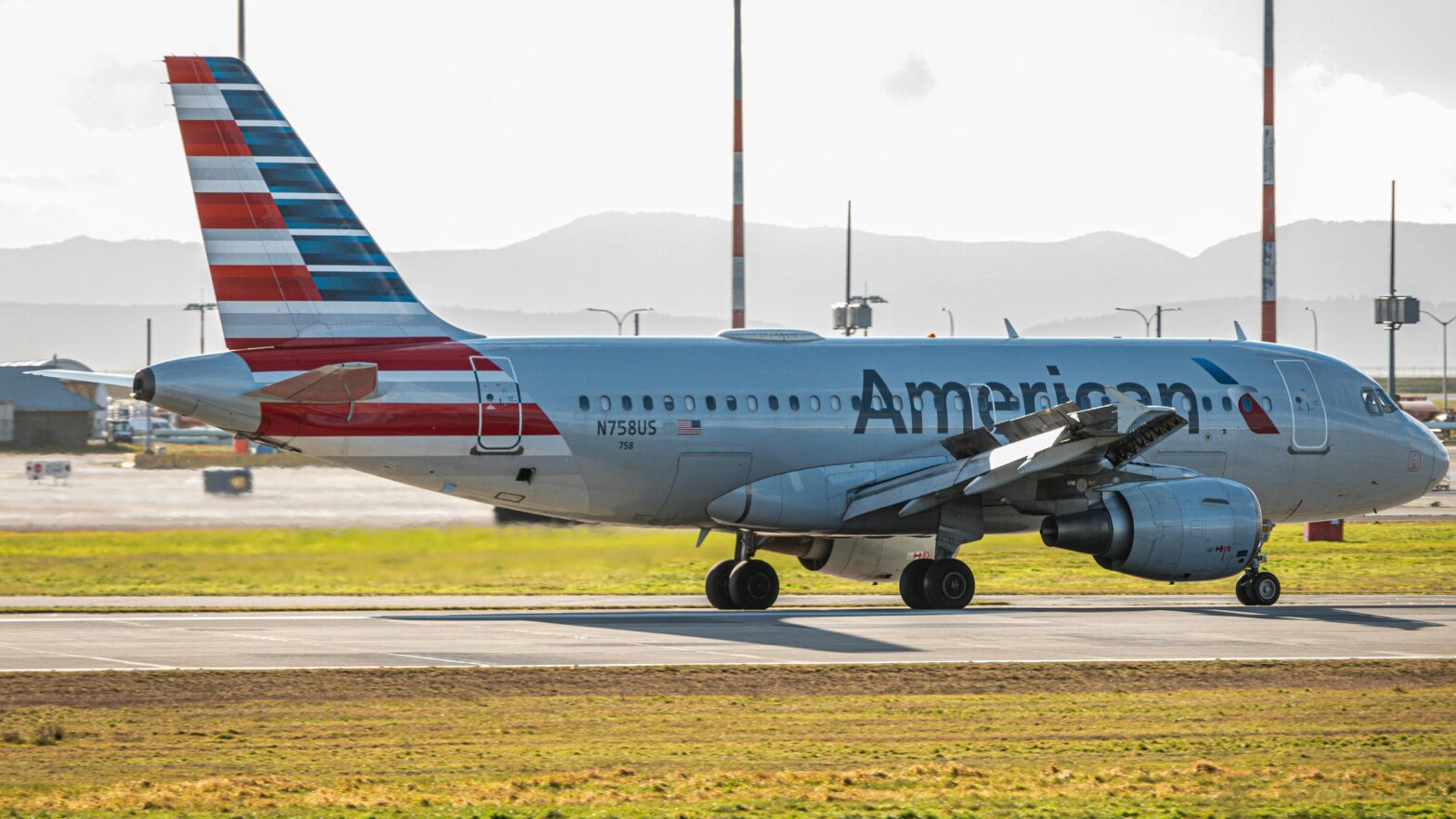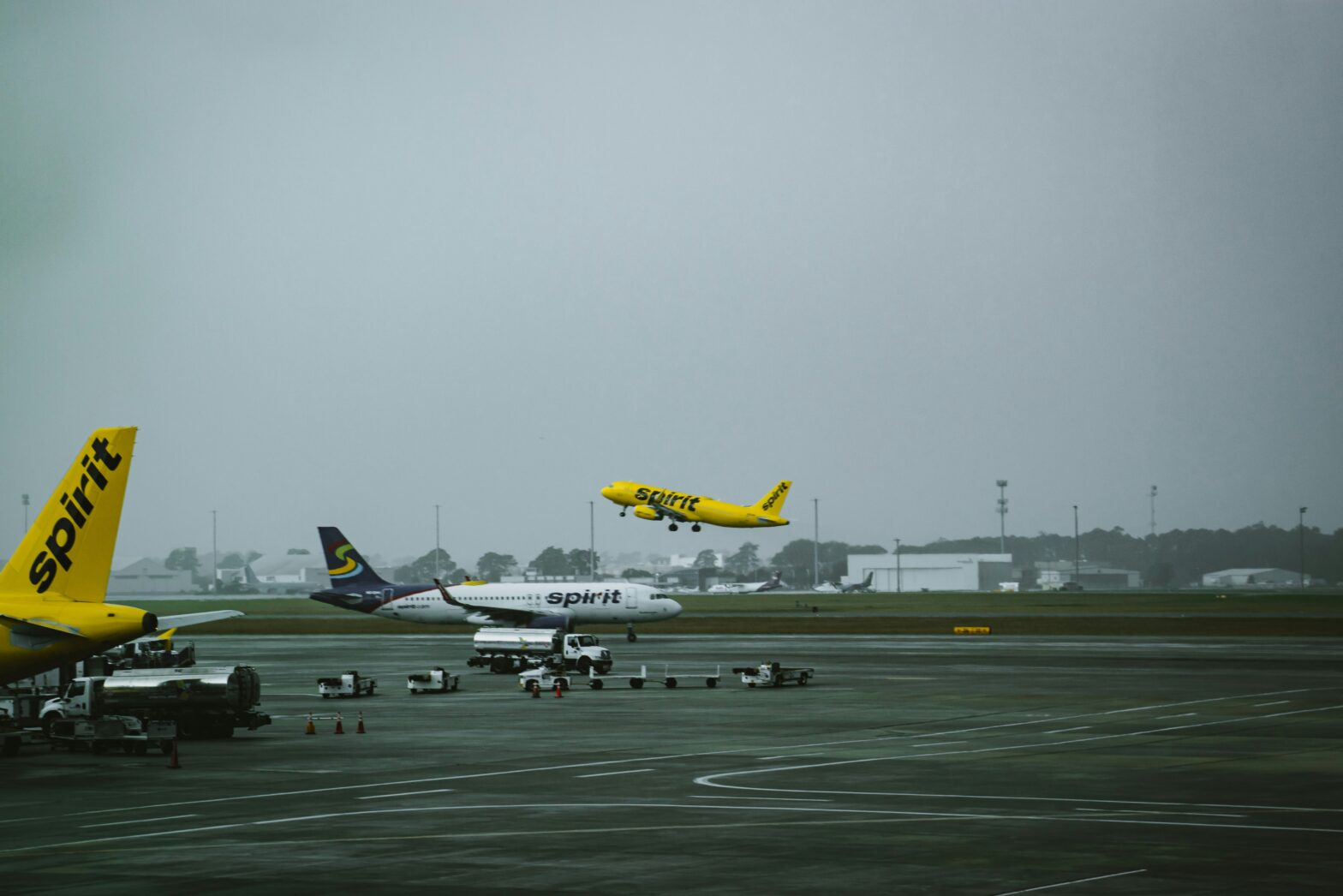Ordering airline food is something that travelers either are completely opposed to or are totally on board with. At smaller airports where there are limited options, paying for expensive nuts, snacks and spirits may seem like a treat. But for travelers boarding at huge airports like Chicago‘s O’Hare Airport, which has approximately 74 restaurants inside, buying airline food may not even be a consideration for travelers. But what’s up with airline food anyway? Why’s it so expensive? Why did the snacks go from complimentary to having a cost? And why does some of it taste like school cafeteria food?
How Is Airline Food Prepared From Start To Finish?
Unlike your favorite restaurant with chefs that will make your breakfast, lunch or dinner in real time, airline food inventory has to pass a few checkpoints like your carry-on bag.
Menus are often created months in advance, and they’re dependent on the flight’s duration, route and flight bookings. There are also vegetarian, gluten-free and kosher items available. Produced in a centralized kitchen, ingredients are sourced and meals are cooked in bulk. The norm for a traveler is to receive a precooked meal, especially meats and pastas. After being separated into compact individual trays (or containers), they’re covered in plastic to preserve freshness. Menu items should be able to withstand freezing and reheating like the prepared food section in your local grocery store. Airlines and catering services have especially strict standards when it comes to food handling and packaging to avoid foodborne illnesses.
On the day of the flight, these packaged meals are transported by refrigerated trucks onto the airplane’s galley (aircraft kitchen) before takeoff. Snacks and beverages are also included in this delivery. When ordering airline food, flight attendants have access to ovens or convection heaters in the galley to reheat these meals: appetizers, main courses and then dessert. Food waste and packaging is collected and disposed of, with recyclable items (ex. CPET trays, water bottles, drink bottles) sorted away for further use.
Why Is Airline Food So Bland?
If your mouth is salivating for mom’s home cooking, you probably won’t get it on a flight. Part of the reason that the food is bland is due to high altitudes where taste buds are less sensitive. Low humidity in the cabin dries out the nasal passages, which may affect how you smell airline food. Reduced air pressure at high altitudes affects the taste buds. Even sweet and savory dishes have a 30% decrease in your taste buds.
Additionally, there are health precautions that airlines must take when it comes to dietary habits. They won’t know which passenger has diabetes, high-blood pressure, food allergies or other dietary instructions. Menu items like dolmas or corn are pretty neutral, but that cauliflower pizza or spaghetti definitely won’t taste like it does at your cousin’s house where the seasonings are aplenty.
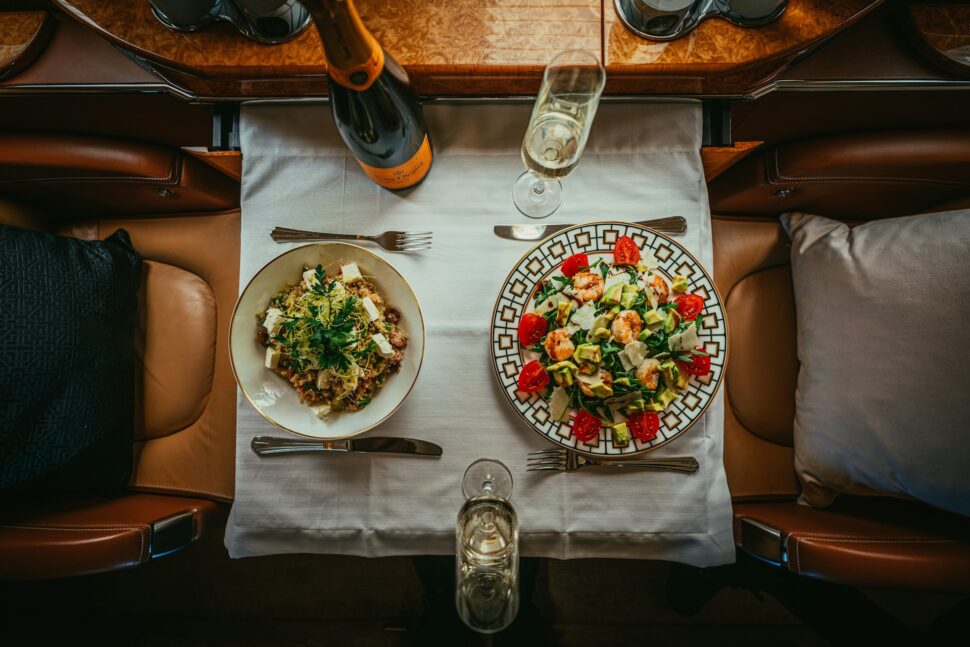
Why Do Some Airlines Have Fancier, Fresher Food?
As is the case with restaurants, you get what you pay for. Quite a few airlines prepare gourmet meals in flight, specifically for long-haul routes. Some foods may be prepared and reheated though. Some of the airports with better airline food include Singapore Airlines, Emirates, Qatar Airways, Cathay Pacific, Lufthansa, Air France, British Airways, Qantas, Thai Airways and KLM. First-class and business-class passengers are undoubtedly going to have better airline food, including freshly made meals onboard. Economy passengers primarily receive precooked meals. All travelers should check beforehand though because some airlines may decide to exclude certain meals (ex. vegetarian airline food) for business reasons.
Is Paying More for Airline Food Worth It?
No matter what eating location a customer visits, someone is going to love the food while another will hate it. This can be a food truck, a sit-down restaurant, a fast food place or made-to-order restaurants. If you don’t travel hungry and opt to buy a meal before or after your flight, you’ll have way more options to choose from and (probably) a go-to restaurant. If your flight includes a meal, you have every right to test out the options. But don’t be surprised if you’re not wow’d by the airline food. From packaging to safety requirements, it will almost always have limitations.
